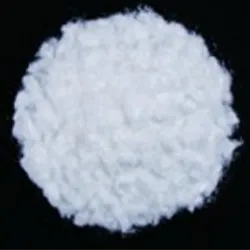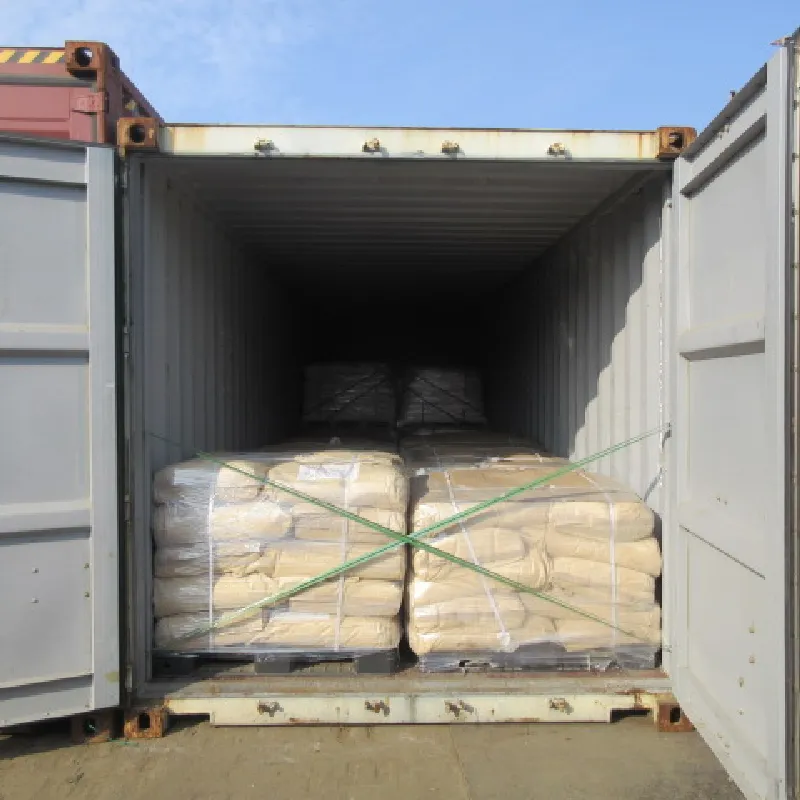
Understanding Residual Solvents in Pharmaceutical and Chemical Products for Safety Compliance
Residual Solvents Understanding Their Impact in Pharmaceuticals and Food Products
Residual solvents are organic volatile chemicals that are used or produced in the synthesis of pharmaceuticals and food products. These solvents can remain in the final product, and their presence is a significant concern for regulatory agencies due to potential health risks. Understanding residual solvents, their sources, and their implications is crucial for the development of safe and effective products.
The use of solvents in manufacturing processes is common, particularly in the pharmaceutical and food industries. Solvents can serve various purposes, including dissolving raw materials, facilitating reactions, extracting compounds, and cleaning equipment. However, once the manufacturing process is complete, any solvents that remain can become residual solvents, and their levels must be carefully monitored. Regulatory entities like the US Food and Drug Administration (FDA) and the European Medicines Agency (EMA) have established guidelines to limit the presence of these solvents, categorizing them based on their toxicity and the risks they pose.
Residual solvents are categorized into three classes by the International Conference on Harmonisation (ICH) Class 1 solvents are those that should not be used because of their unacceptable toxicity (e.g., benzene), Class 2 solvents are those that are limited due to their potential risk (e.g., toluene), and Class 3 solvents, which are considered to have low toxic potential and may be acceptable in small amounts (e.g., ethanol). This classification helps manufacturers prioritize the elimination of the most harmful solvents from their processes while managing risks associated with those deemed less harmful.
residual solvents

The health risks associated with residual solvents can be serious, depending on the solvent's nature and concentration
. Some solvents may lead to acute or chronic health issues, including respiratory problems, skin irritation, and more severe effects such as carcinogenicity or reproductive toxicity. Consequently, it is vital for manufacturers to conduct thorough assessments of their processes and implement rigorous quality control measures to ensure products are within safe limits for residual solvents.Apart from health considerations, there are also economic implications tied to residual solvents. The clean-up of solvents can increase production costs, and failing to meet regulatory standards can lead to product recalls, reputational damage, and financial losses. To mitigate these risks, many companies invest in solvent recovery and recycling technologies or shift to greener alternatives—solvents that are less harmful to human health and the environment, thereby enhancing sustainability in their operations.
Consumer awareness of product safety has grown significantly in recent years, with many buyers seeking out information regarding the ingredients used in pharmaceuticals and food products. This shift in consumer behavior has driven companies to adopt transparent practices and to disclose any potential presence of residual solvents in their labels or product information. By doing so, they not only comply with regulations but also build trust with their consumers.
In conclusion, residual solvents play a critical role in the manufacturing of pharmaceuticals and food products, and their implications are far-reaching. Regulatory compliance, health risks, economic considerations, and consumer trust are all factors that businesses must address to ensure the safety and efficacy of their products. As technology and practices evolve, the industry is moving toward more sustainable solutions that minimize or eliminate the use of harmful solvents, contributing to both public health and environmental protection. Therefore, understanding and managing residual solvents remains a priority for manufacturers striving to deliver safe, effective, and high-quality products to the market.
-
Nitrile Rubber Honoring Strict Production StandardsNewsAug.22,2025
-
Aspartame Ingredients Honoring Food Safety ValuesNewsAug.22,2025
-
Fertilizer for Balanced Plant NutritionNewsAug.22,2025
-
Cyanide Gold Processing with High Purity AdditivesNewsAug.22,2025
-
Formic Acid in Textile Dyeing ApplicationsNewsAug.22,2025
-
Aluminum Hydroxide Gel in Skincare ProductsNewsAug.22,2025
-
Regulatory Compliance for Global Mining Chemicals UseNewsAug.12,2025
Hebei Tenger Chemical Technology Co., Ltd. focuses on the chemical industry and is committed to the export service of chemical raw materials.
-

view more DiethanolisopropanolamineIn the ever-growing field of chemical solutions, diethanolisopropanolamine (DEIPA) stands out as a versatile and important compound. Due to its unique chemical structure and properties, DEIPA is of interest to various industries including construction, personal care, and agriculture. -

view more TriisopropanolamineTriisopropanolamine (TIPA) alkanol amine substance, is a kind of alcohol amine compound with amino and alcohol hydroxyl, and because of its molecules contains both amino and hydroxyl. -

view more Tetramethyl Thiuram DisulfideTetramethyl thiuram disulfide, also known as TMTD, is a white to light-yellow powder with a distinct sulfur-like odor. It is soluble in organic solvents such as benzene, acetone, and ethyl acetate, making it highly versatile for use in different formulations. TMTD is known for its excellent vulcanization acceleration properties, which makes it a key ingredient in the production of rubber products. Additionally, it acts as an effective fungicide and bactericide, making it valuable in agricultural applications. Its high purity and stability ensure consistent performance, making it a preferred choice for manufacturers across various industries.





